
A hedgehog in a garden is synonymous with the onset of autumn for many people. Yet UK hedgehogs are under threat, with the numbers of wild hedgehogs having gone down by between 30 to 50 per cent in the the last decade. With much of their wild habitat gone due to human activity, hedgehogs are increasingly reliant on urban gardens for sustenance and shelter. Fortunately, there's quite a lot gardeners can do to help protect this much-loved animal.
Find more garden ideas in our gallery.
What to feed hedgehogs
Hedgehogs have a reduced supply of food throughout the autumn and (especially) winter months, so you can help them by feeding them. The best way to feed a hedgehog is to create an environment in which its favourite insects will thrive (beetles, caterpillars, millipedes and earwigs are all favoured foods). You can encourage these insects by making a log pile and keeping a pile of leaves undisturbed in a corner of your garden.
Alternatively, you can feed hedgehogs wet cat food. Remember, however, that you may get competition from vermin; to avoid attracting rats to your garden instead of hedgehogs, always put out the food during the twilight hours (hedgehogs are crepuscular and most active at dusk and dawn), throwing out any that hasn't been eaten after it gets completely dark.
You shouldn't feed hedgehogs bread or milk: both will make them ill.
Hedgehogs also get thirsty, so it's a good idea to leave out a shallow saucer of water for them, replacing the water every few days.
How to provide a hedgehog with shelter
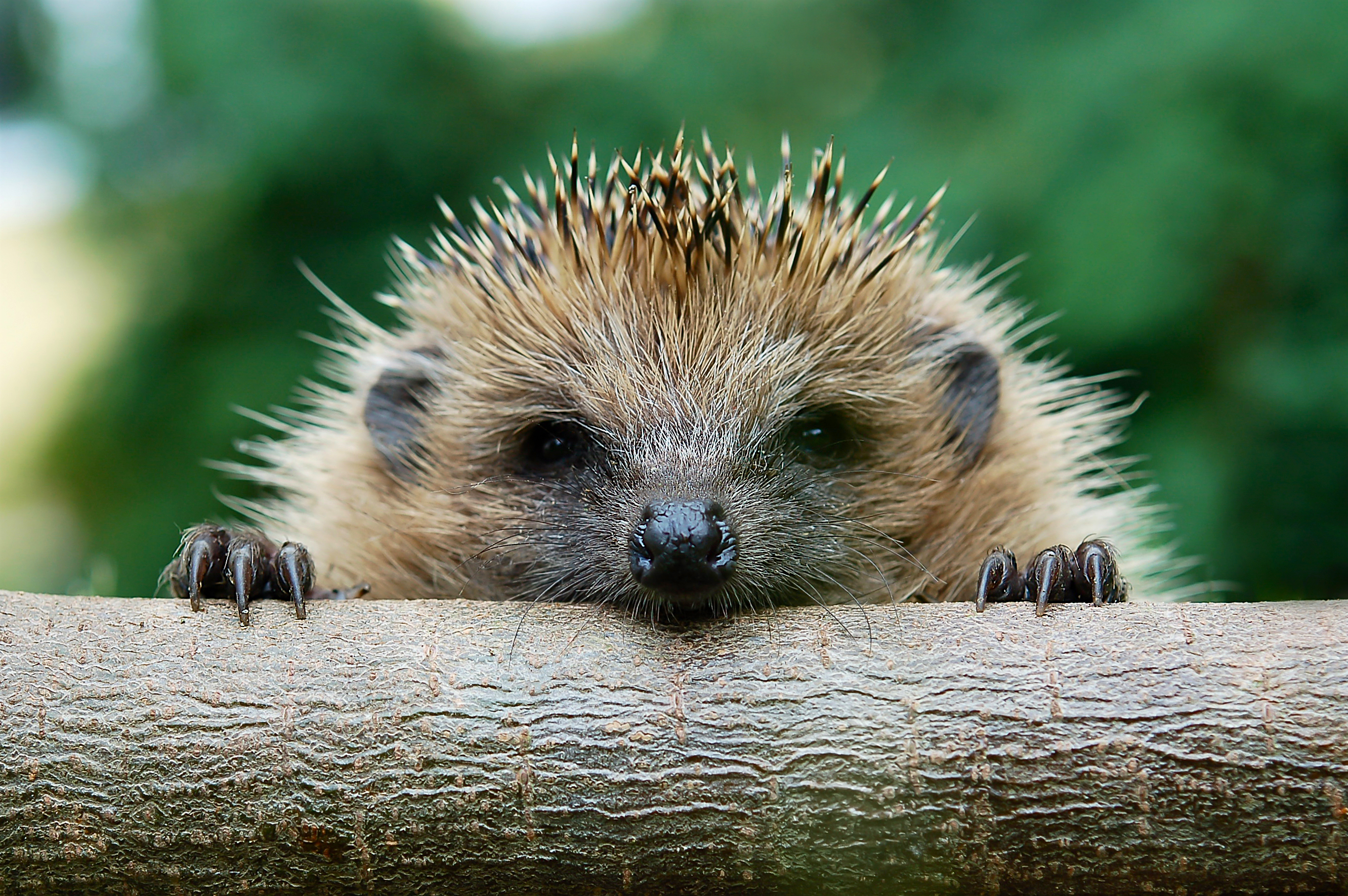
Hedgehogs like undisturbed, shaded areas in the garden with lots of twigs and leaves to use as shelter. This doesn't mean you have to stop tidying your garden altogether – just leave an area, preferably as far away from the house as possible, quiet and don't clear it in the autumn.
You can also build a hedgehog house – find out how in our guide.
Bonfire night: how to protect hedgehogs
Very sadly, every Bonfire Night there is a spike of calls to RSPCA reporting injured or completely burnt hedgehogs that had been missed by garden owners. Needless to say, it's an awful way for an animal to die, so it's well worth making an extra effort to make sure no hedgehogs are nesting in the bonfire in your garden.
So, what can you do to make sure no hedgehogs are injured in your garden on Bonfire Night? The main thing is not to build your bonfire in advance, as hedgehogs love piles of twigs and leaves.
If you do have to store your bonfire material for a while before Bonfire Night, try to store it in your shed, or at least spread it low on the ground, so that you can spot any hedgehogs in there.
The British Hedgehog Preservation Society has been campaigning to get us to remember hedgehogs on Bonfire Night. Their advice includes protecting a bonfire that has been built in advance with chicken wire at least 1m high placed all the way around the bottom. They suggest that the wire is held in place with stakes and that it should slope outwards at an angle, as hedgehogs are good climbers and will scale anything that isn't challenging.
They also advise lighting the bonfire from one side only, and keeping everyone away from the unlit side so that any hedgehogs hidden within can have a good chance of feeling safe enough to escape.
Lastly, we'd suggest avoiding building your bonfire next to hedges, tall grasses, or dense bushes, which are all spots favoured by hedgehogs. Makes sense from a fire hazard point of view, too.
How to care for a sick or injured hedgehog
If you find a hedgehog in your garden you believe to be ill or injured, ring your local animal rescue group, vet, wildlife rehabilitator or RSPCA. Depending on what they tell you to do, you'll either be taking the animal to them, or keeping it safe before they arrive.
Using garden gloves, place the hedgehog carefully in a cardboard box with tall sides, with a towel and some scrunched up paper inside it, so that the hedgehog can hide. If you think the hedgehog is very cold, you can provide a hot water bottle wrapped in a towel.
Join our newsletter
Get small space home decor ideas, celeb inspiration, DIY tips and more, straight to your inbox!
Anna is a professional writer with many years of experience. She has a passion for contemporary home decor and gardening. She covers a range of topics, from practical advice to interior and garden design.
-
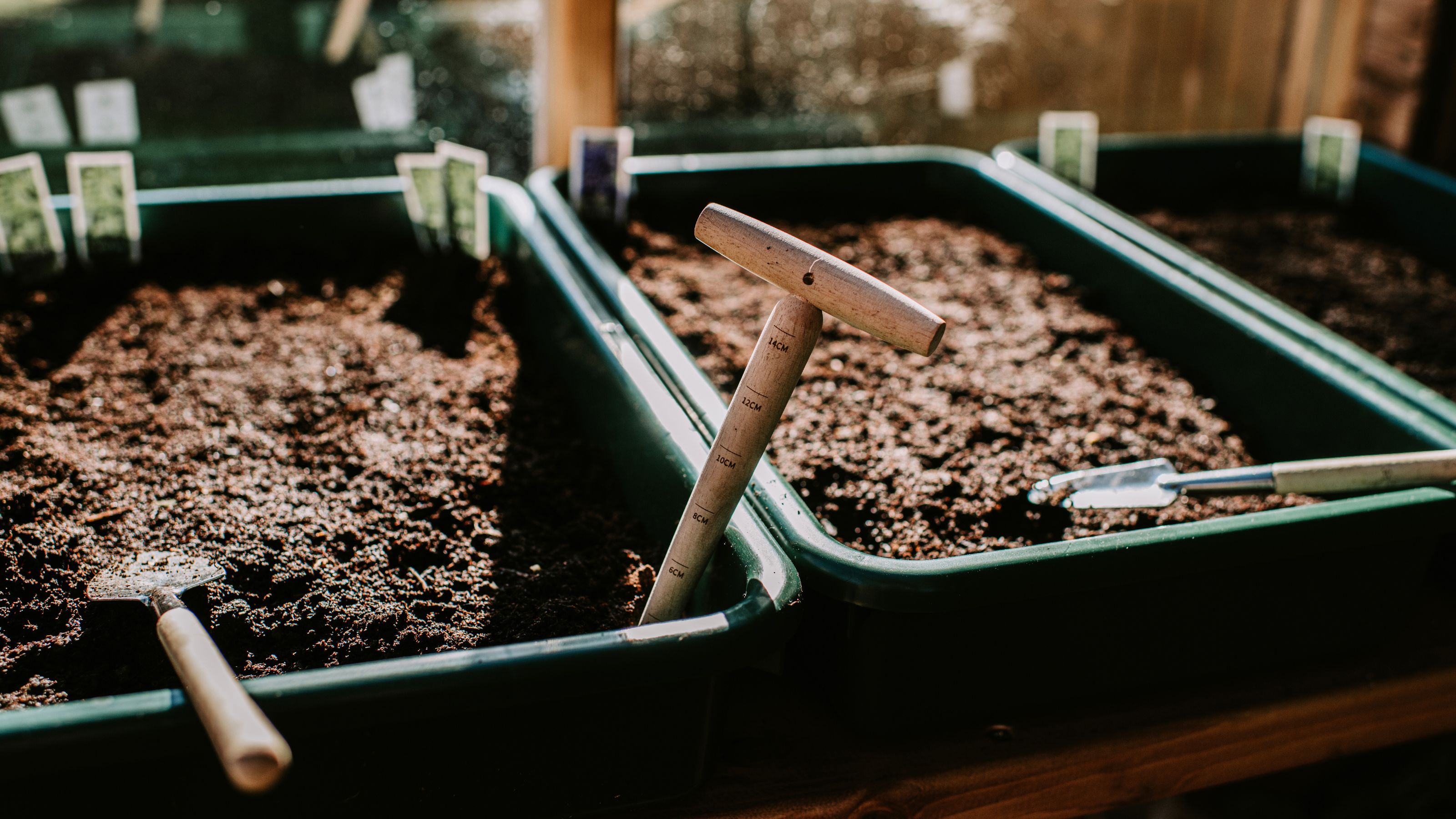 How to make compost — 8 easy steps gardening pros always use
How to make compost — 8 easy steps gardening pros always useLearn how to make compost at home in seven easy steps, whether you have a bin or want to create a compost heap. We've asked pros for their top tips
By Eve Smallman
-
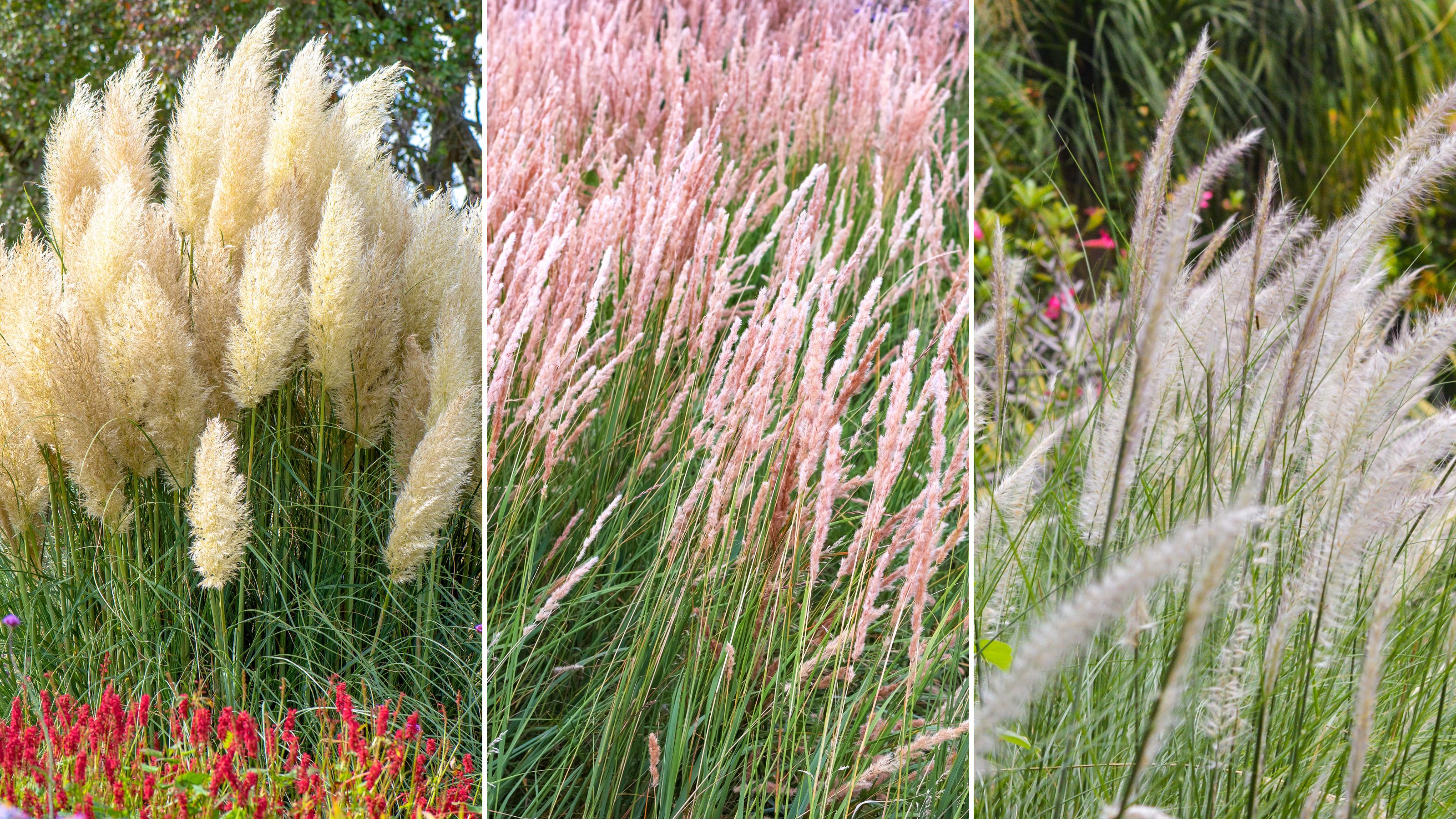 Planting ornamental grasses — the best types experts love and how to grow them
Planting ornamental grasses — the best types experts love and how to grow themWe've got you covered on planting ornamental grasses, speaking to experts about what ones to grow, how to grow them, and factors to consider
By Eve Smallman
-
 "Grotty" terrace is transformed with French flair and Ibiza vibes in the garden
"Grotty" terrace is transformed with French flair and Ibiza vibes in the gardenEsther Pillans' tired-looking Victorian terraced house was given a makeover with a touch of Parisian chic
By Ellen Finch
-
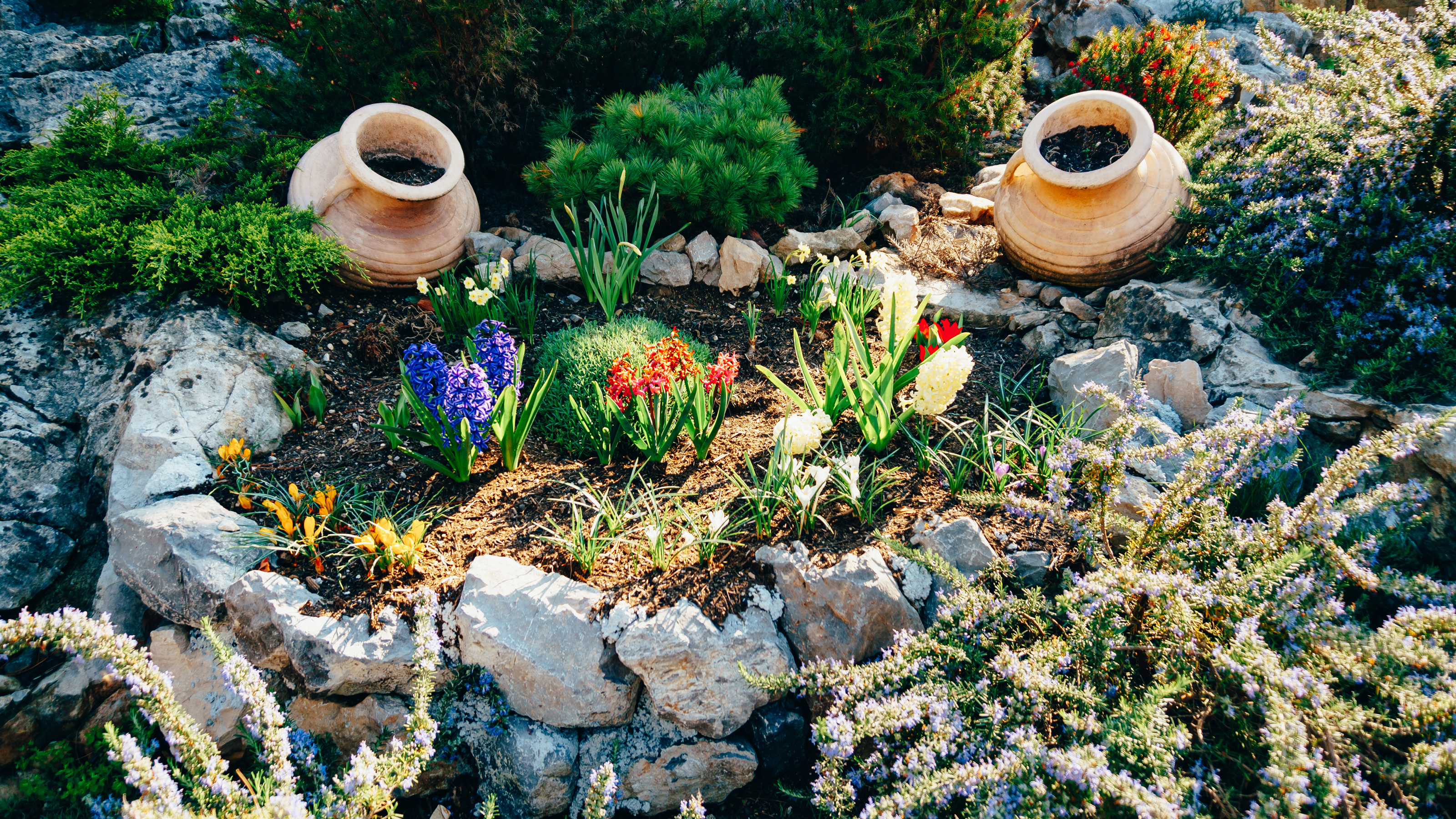 Rock garden ideas – 10 DIY ways to create a rockery
Rock garden ideas – 10 DIY ways to create a rockeryThese rock garden ideas are suitable for outdoor spaces big and small. Create your own rockery on a lawn or even on a balcony with just a few materials.
By Anna Cottrell
-
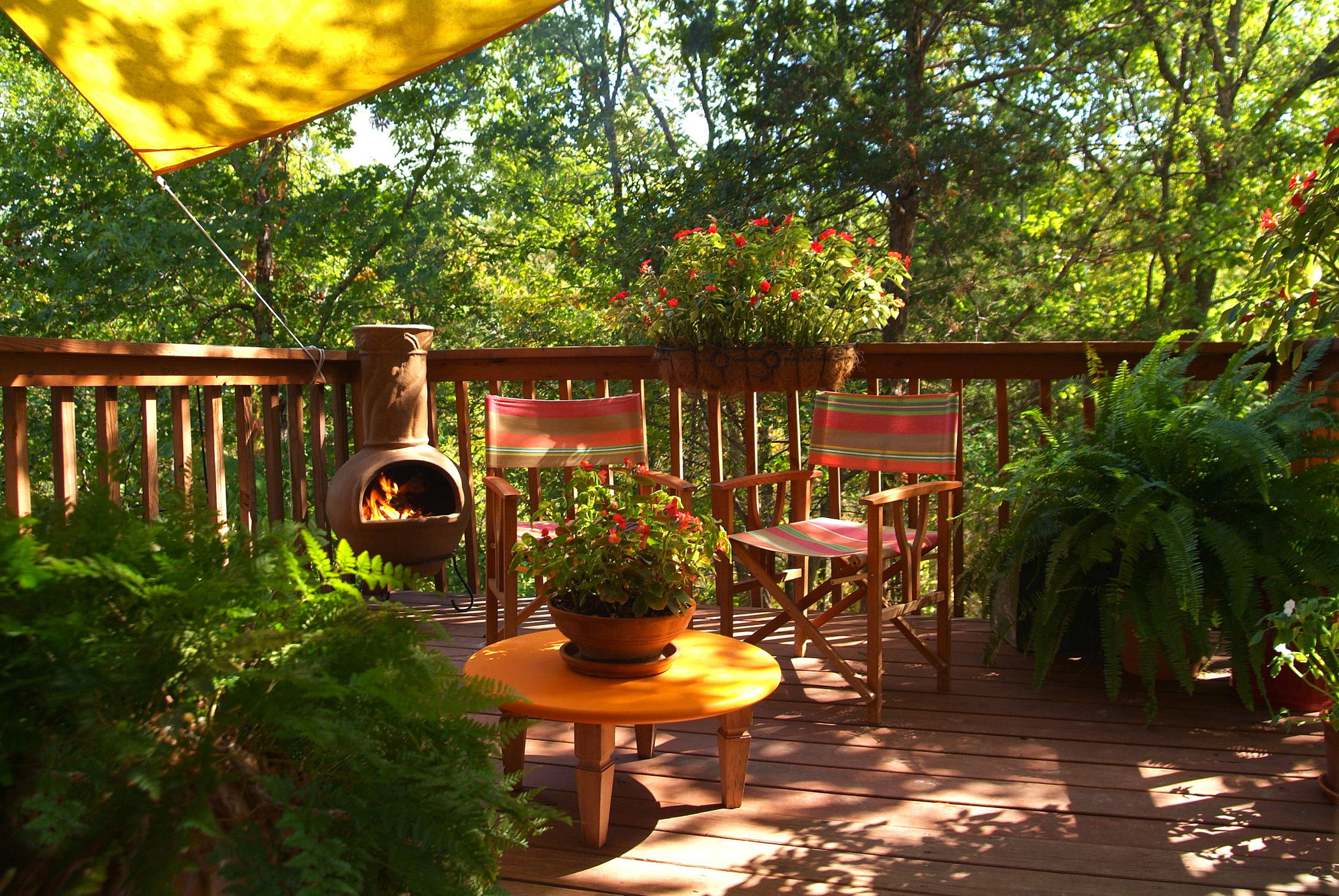 Cabin fever? These chimineas will extend the life of your patio
Cabin fever? These chimineas will extend the life of your patioThis cold-weather season, cozy up to our favorite chimineas!
By Brittany Romano
-
 5 outdoor summer essentials to prove Society6 is your one-stop-shop this season
5 outdoor summer essentials to prove Society6 is your one-stop-shop this seasonCheck off all of your outdoor summer essentials by shopping exclusively at Society6.
By Brittany Romano
-
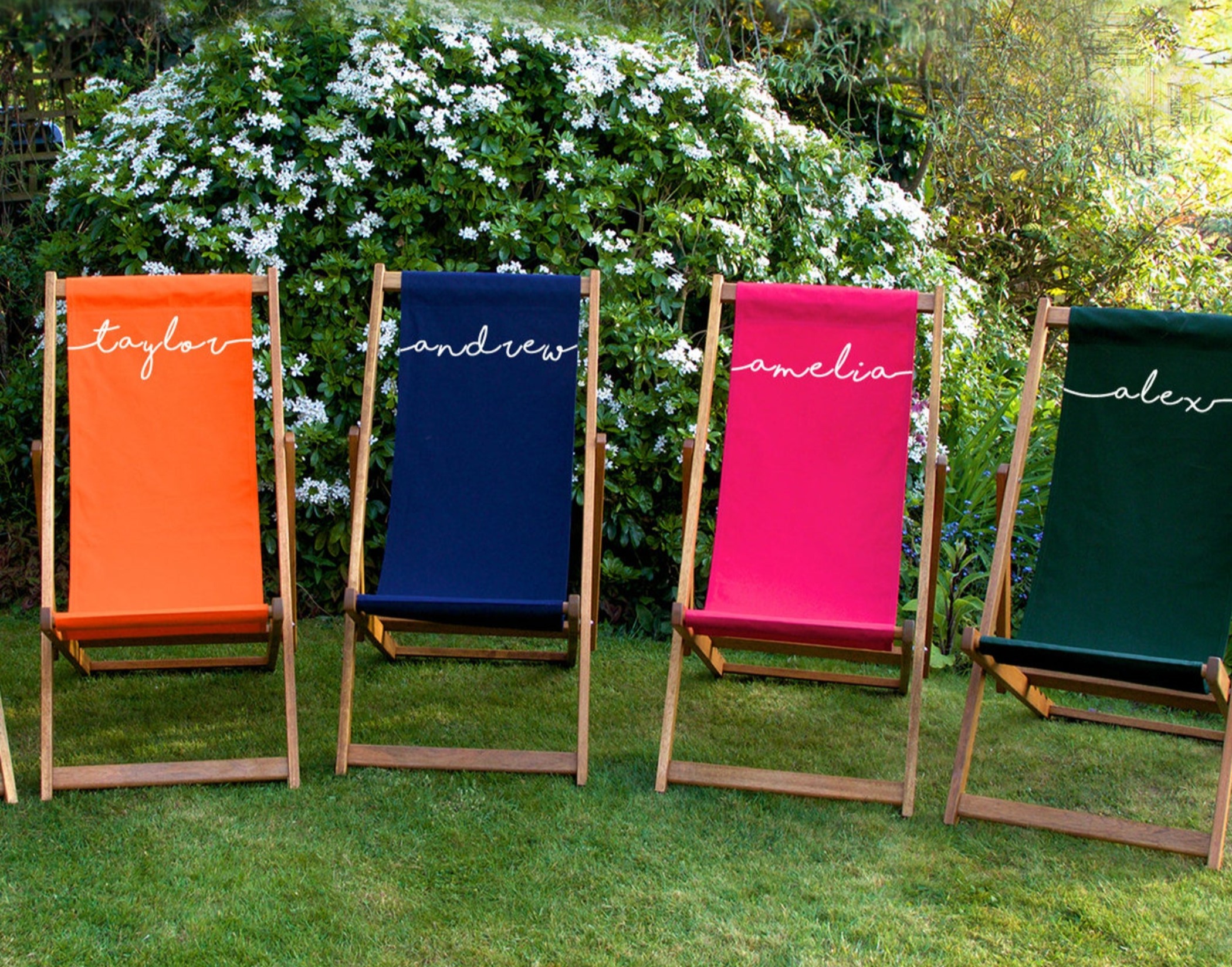 The first-ever Etsy outdoor sale is happening now, and we're buying these 5 items
The first-ever Etsy outdoor sale is happening now, and we're buying these 5 itemsFor a limited time, this Etsy outdoor sale will give your backyard the facelift it needs — at a fraction of the cost.
By Brittany Romano
-
 The benefits of houseplants – 8 feel-good ways plants help your health
The benefits of houseplants – 8 feel-good ways plants help your healthEnjoy the many benefits of houseplants. Air-purifying, anxiety-soothing, mood boosting and more positive vibes.
By Camille Dubuis-Welch